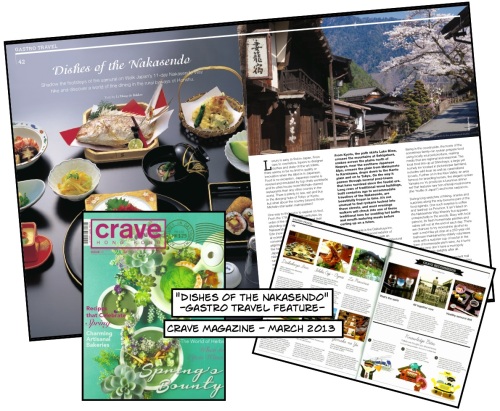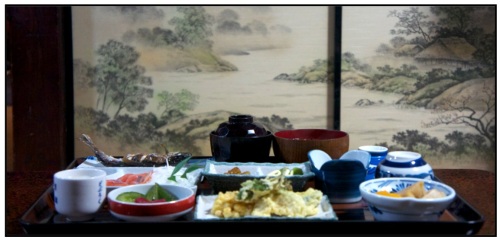 There’s been a steady rise in the number (and quality) of French restaurants in Hong Kong over the past few years. Some are very high-end, while others range from hipster-cool to traditional and homely.
There’s been a steady rise in the number (and quality) of French restaurants in Hong Kong over the past few years. Some are very high-end, while others range from hipster-cool to traditional and homely.
 This past Sunday I tried one of the more traditional ones – La Fleur in Wan Chai – with my Dad and some family friends.
This past Sunday I tried one of the more traditional ones – La Fleur in Wan Chai – with my Dad and some family friends.
But a review isn’t all that you’ll get in this post; I’ve included some dining tips and etiquette that I picked up from my childhood in France to spice things up along the way…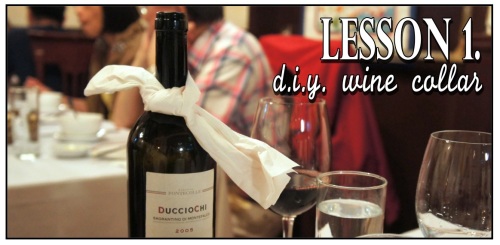 My father is a big wine aficionado, and he always seems to have another new trick up his sleeve when it comes to the vino.
My father is a big wine aficionado, and he always seems to have another new trick up his sleeve when it comes to the vino.
Among them, is this cute wine collar – which makes a bottle of red look like a tuxedo. Its purpose is to soak up any drips that fall after the wine has been poured. Wine collars can get pretty fancy, using metal and velvet, but this one is quick, fast and inexpensive. At La Fleur you can BYOB (bring your own booze), which we did… before moving on to food.
At La Fleur you can BYOB (bring your own booze), which we did… before moving on to food.
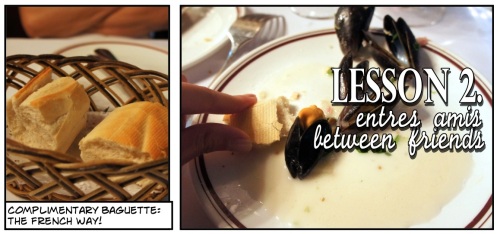
Lesson 2 arose during our starters, which included moules (mussels). As you can see in the photo, I’m using bread to soak up the sauce.
– Bread is a staple in French dining – 9 times out of 10, bread is served with breakfast, lunch and dinner in a basket (as you see above). And with cheese, too – of course!
– The French word for bread is pain and it’s actually the root for the French word for friend: copain. A friend (or companion) is someone you break bread with, hence “co-pain”.
– Don’t bite into the piece of bread with your teeth, when dining à la Française. Instead, tear off small pieces with your hand.
– You can use those pieces to soak up any sauce of your choice. This is normal and totally acceptable among family and friends… that’s what bread was made for, right?
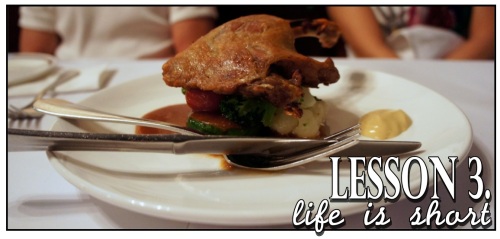 French cuisine can use a lot of butter, fat, cream and oil. In other words, they know what tastes good, and aren’t afraid to use it!
French cuisine can use a lot of butter, fat, cream and oil. In other words, they know what tastes good, and aren’t afraid to use it!
Our two excellent meat dishes during main course exemplified the best of this “life is short” spirit, when it comes to French food. They were a wonderful Duck Confit and Quail with panfried Goose Liver.
 Duck Confit is prepared by preserving the meat with various herbs and spices before poaching it in its own fat. Yup, it doesn’t get more intense than that!
Duck Confit is prepared by preserving the meat with various herbs and spices before poaching it in its own fat. Yup, it doesn’t get more intense than that!
La Fleur‘s version was a triumph! With crispy and fatty skin encasing meat so tender that only a gentle gesture with my fork was enough to separate it from the bone, the taste and texture was on par with our favourite neighborhood restaurant in France – and trust me, that’s saying something for authentic French! Then there was the delicate – and expertly cooked – quail, paired with a generous portion of goose liver. A combination of rich, gamey and roasted flavours, the meat bathed in its own reduced wine sauce. Delicious.
Then there was the delicate – and expertly cooked – quail, paired with a generous portion of goose liver. A combination of rich, gamey and roasted flavours, the meat bathed in its own reduced wine sauce. Delicious.
Both dishes were as filled with cholesterol as they were with culinary joy. By far the highlights of the night.
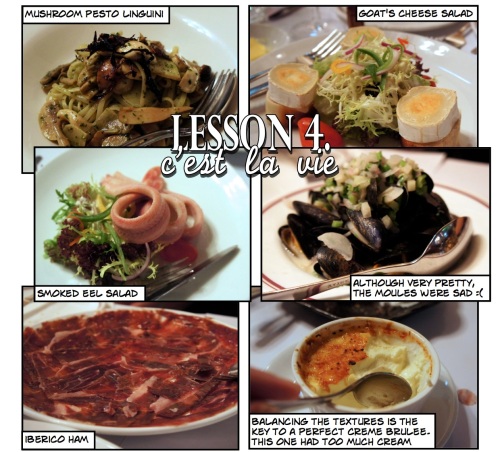 I say c’est la vie (that’s life) for Lesson 4 because in a traditional, family restaurant in France it’s expected that not everything will be perfect.
I say c’est la vie (that’s life) for Lesson 4 because in a traditional, family restaurant in France it’s expected that not everything will be perfect.
Sometimes, Hong Kong diners (including myself) forget that part of food culture: a restaurant doesn’t have to excel in every single dish to be a restaurant worth visiting.
For example, your typical French restaurant in France will have several dishes that they specialise in, or are famous for, and that’s why patrons visit and return.
In the case of La Fleur, it was absolutely the meat dishes that shone, while our other orders varied from good to disappointing (see above photo).
However, before closing shop – I would like to highlight the Smoked Eel Salad, which was a very pleasant surprise! It had a very soft texture and a fascinating flavour somewhere in between ham and salmon (you’ll believe me when you try it!). Not a single bone got in the way of my enjoyment either… yummy!
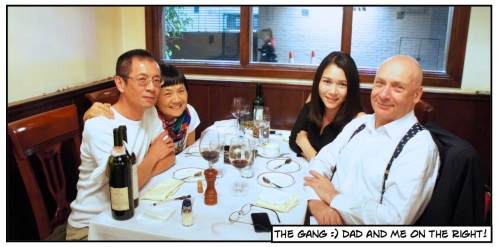 Fairly priced, La Fleur is an alternative to ultra-pricey, perfectionist French dining that offers some exceptional dishes in its traditional menu.
Fairly priced, La Fleur is an alternative to ultra-pricey, perfectionist French dining that offers some exceptional dishes in its traditional menu.
We had a very pleasant evening, and the restaurant staff graciously left us undisturbed – as we talked art theory and finished our wine – even after all the other customers had gone.
Bon appétit until next time…
Bakker x
 Yes, it’s been forever – and what better way to come up with a new post than from the comfort of my own home? Thanks to WASHOKU Explorer, who recently contacted me asking if I wanted to try their DIY tonkotsu ramen set, I was able to do just that.
Yes, it’s been forever – and what better way to come up with a new post than from the comfort of my own home? Thanks to WASHOKU Explorer, who recently contacted me asking if I wanted to try their DIY tonkotsu ramen set, I was able to do just that. ^ Delivered right to my door, all the way from Japan!
^ Delivered right to my door, all the way from Japan!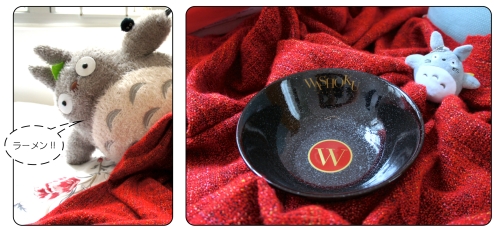 I’m a big ramen freak, although I usually make a journey out to Ichiran in Causeway Bay whenever I have a craving. Making ramen at home is usually a sad affair (think Seven-Eleven), but WASHOKU’s set comes with all the fanfare to make your ramen bowl pretty legit:
I’m a big ramen freak, although I usually make a journey out to Ichiran in Causeway Bay whenever I have a craving. Making ramen at home is usually a sad affair (think Seven-Eleven), but WASHOKU’s set comes with all the fanfare to make your ramen bowl pretty legit: Making it was a piece of cake – the only real preparation I needed to do was soaking the dried mushroom.
Making it was a piece of cake – the only real preparation I needed to do was soaking the dried mushroom. 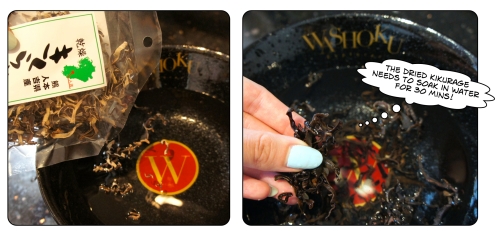 After that, just simple boil + add ingredient procedure!
After that, just simple boil + add ingredient procedure! AND here’s the final result…
AND here’s the final result…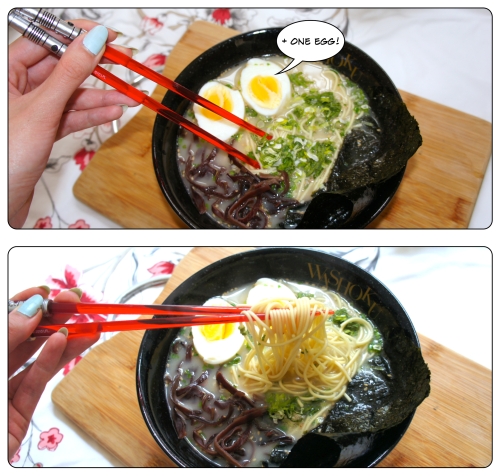 Overall, making and arranging the ramen was pretty fun. Apart from tasting yummy, I was also glad that the ramen wasn’t too salty and didn’t leave me with a thirsty feeling afterwards.
Overall, making and arranging the ramen was pretty fun. Apart from tasting yummy, I was also glad that the ramen wasn’t too salty and didn’t leave me with a thirsty feeling afterwards.



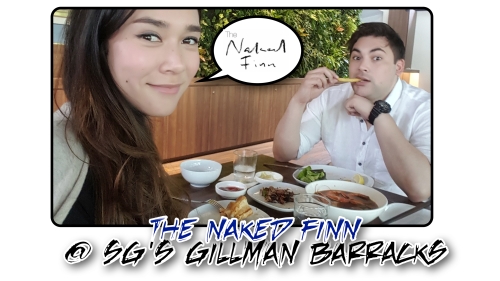 For today’s post, I’m going to take you a three and a half hour flight away from Hong Kong… to Singapore!
For today’s post, I’m going to take you a three and a half hour flight away from Hong Kong… to Singapore! We shared everything – since we’re both foodies and always like to try more things. It was halfway through our DELICIOUS Lobster Roll that I borrowed his phone to take last-minute snaps for a blog post.
We shared everything – since we’re both foodies and always like to try more things. It was halfway through our DELICIOUS Lobster Roll that I borrowed his phone to take last-minute snaps for a blog post. Next, we dove into a kind of ramen-inspired noodle. I say ramen-inspired because it comes with a slice of pork. You can also choose between vermicelli (aka bee hoon) or Japanese sōmen noodles. We went with the latter. Those scrumptious looking prawns are giant prawns.
Next, we dove into a kind of ramen-inspired noodle. I say ramen-inspired because it comes with a slice of pork. You can also choose between vermicelli (aka bee hoon) or Japanese sōmen noodles. We went with the latter. Those scrumptious looking prawns are giant prawns. To finish: a dessert so heavenly we spent the whole time talking about how good it was in between bites. It’s called the Naked Chendol, and is an updated take on a classic Singaporean dessert:
To finish: a dessert so heavenly we spent the whole time talking about how good it was in between bites. It’s called the Naked Chendol, and is an updated take on a classic Singaporean dessert: 




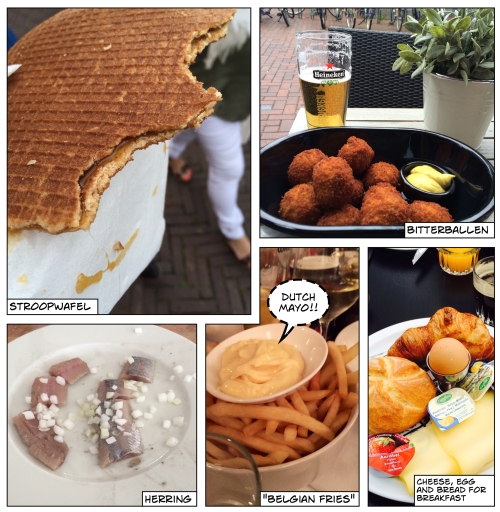







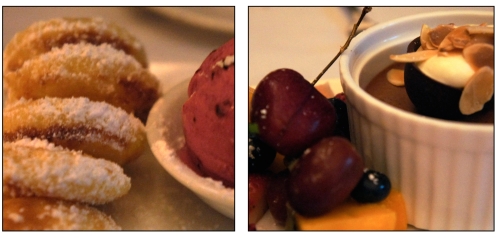









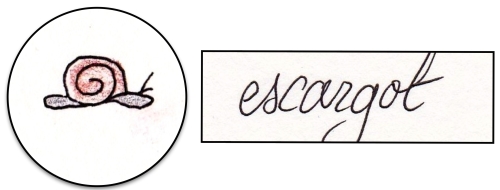










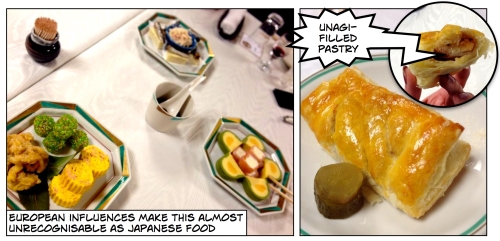






























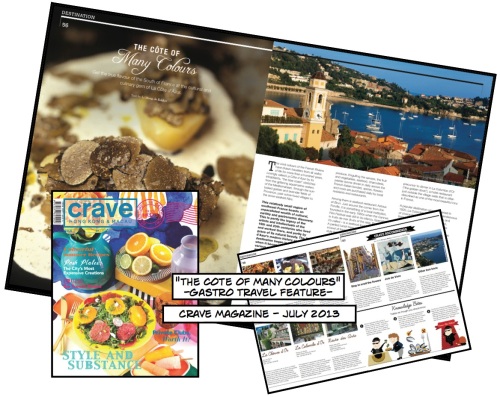
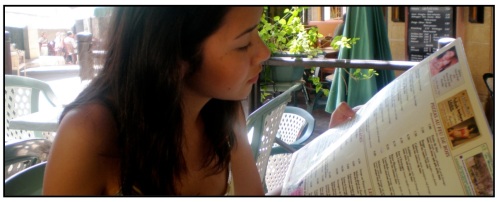

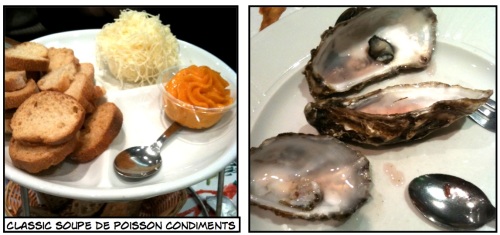


 This past Sunday I tried one of the more traditional ones – La Fleur in Wan Chai – with my Dad and some family friends.
This past Sunday I tried one of the more traditional ones – La Fleur in Wan Chai – with my Dad and some family friends.
 At La Fleur you can BYOB (bring your own booze), which we did… before moving on to food.
At La Fleur you can BYOB (bring your own booze), which we did… before moving on to food.





